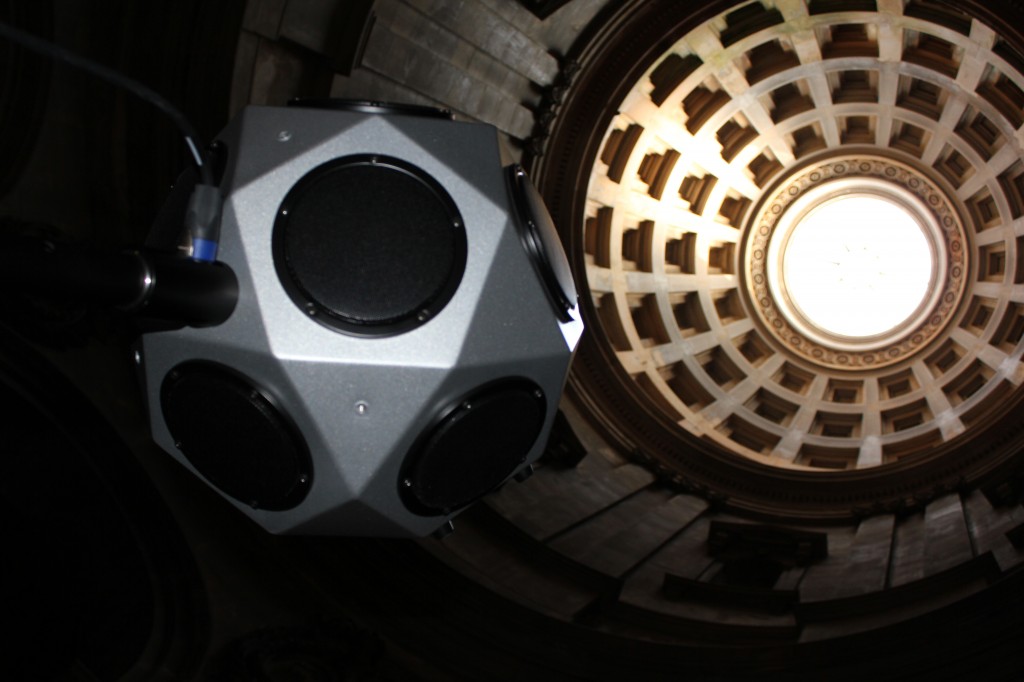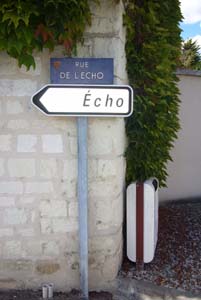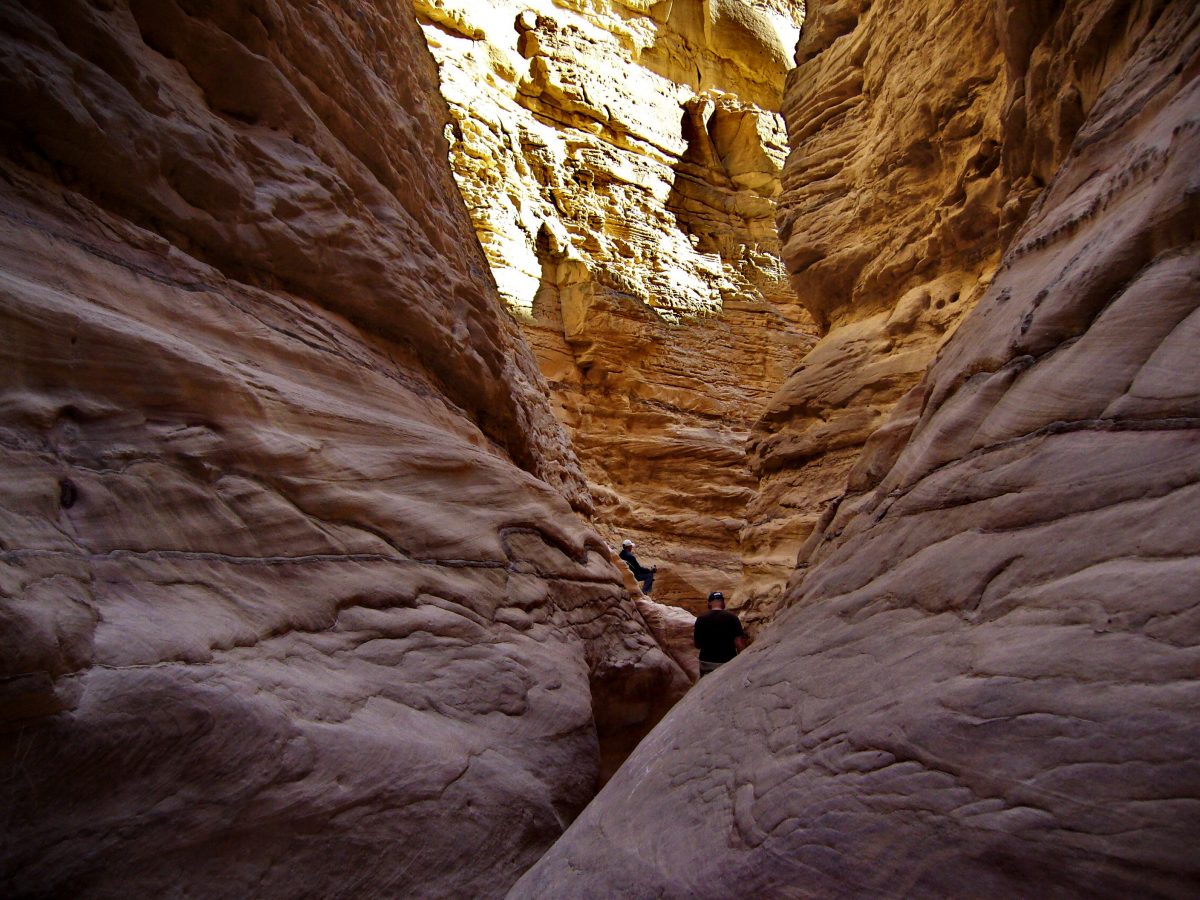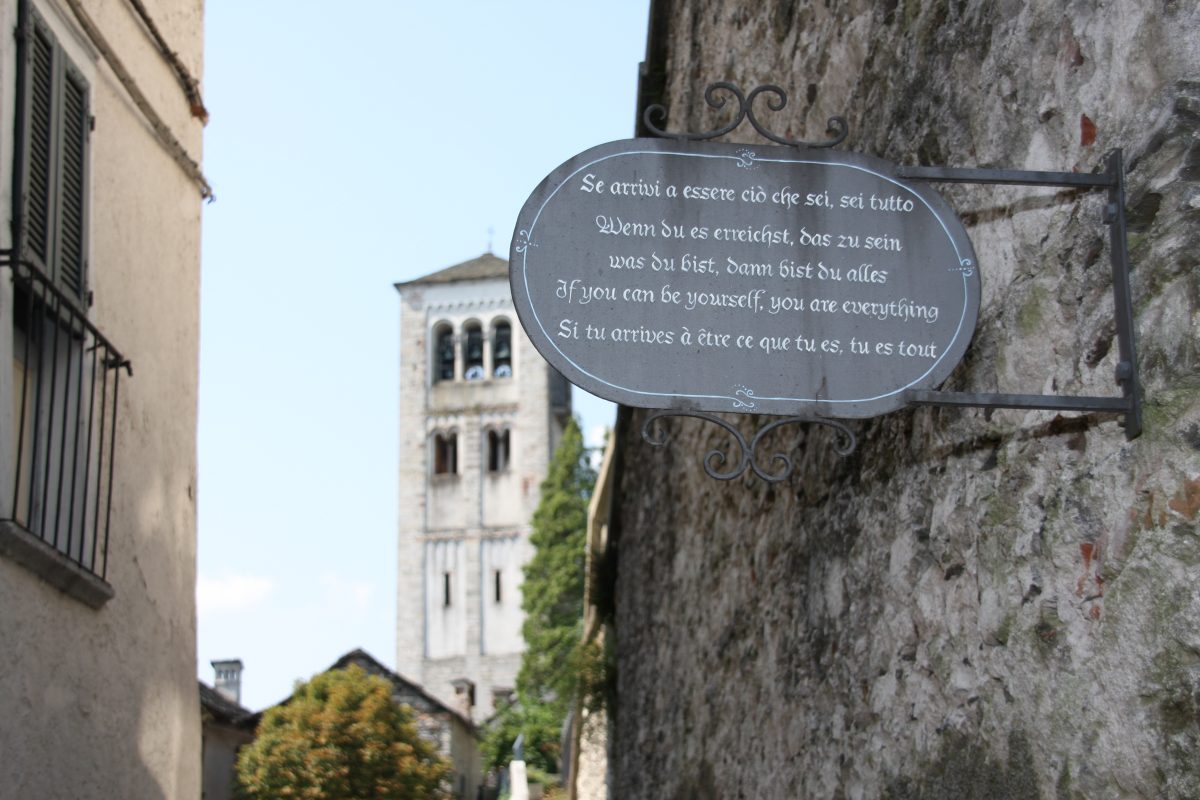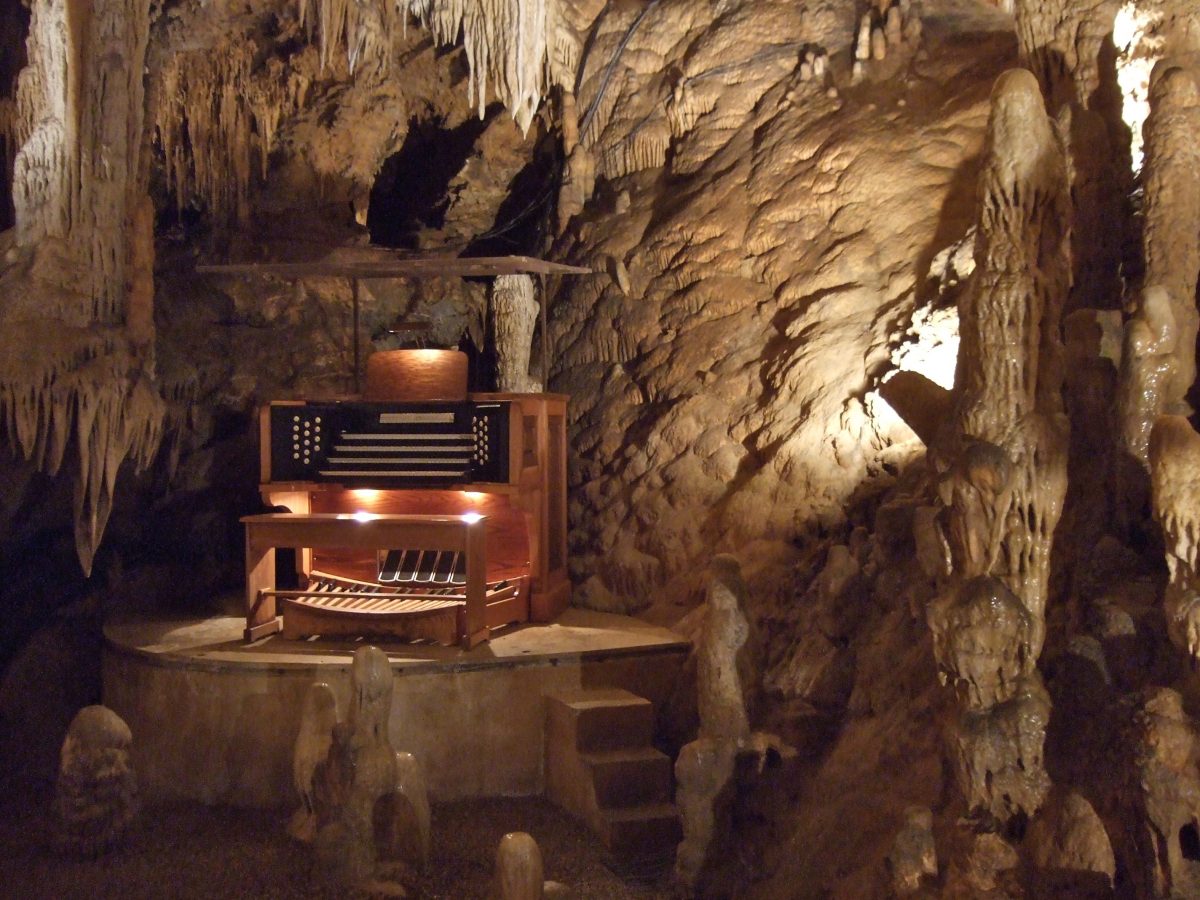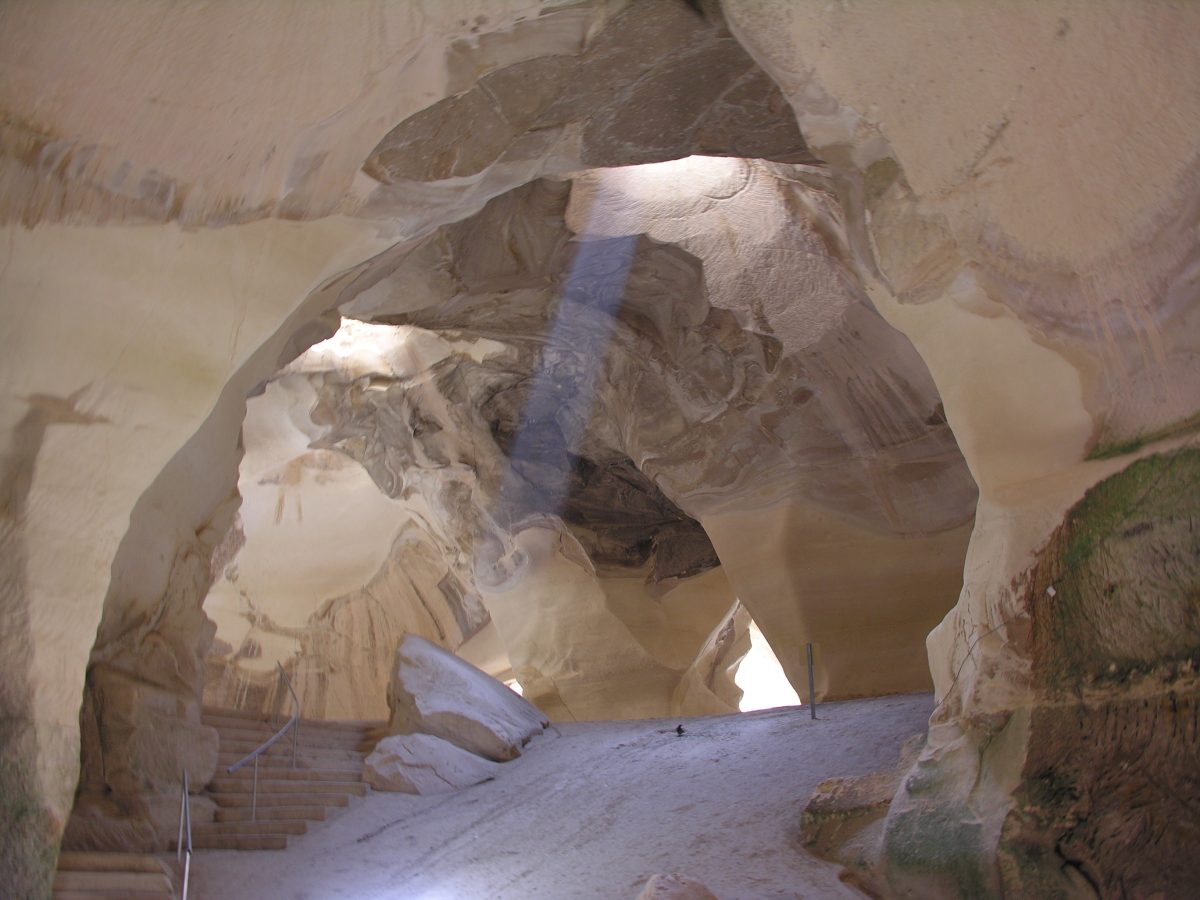
The bearded seal (Erignathus barbatus) is named after the whiskers on its face, but that’s not the most remarkable thing about this animal. The seal produces incredibly complex vocalisations, with the long drawn out glissandos that trill and spiral down in frequency. As the seal creates this call, they spiral downwards releasing bubbles, before surfacing in the centre of the circle.[1] Vocal athleticism in animals is thought to arise because females judge the fitness of a singing male by the quality of the song. Evolutionary pressure therefore drives the males to sing with ever more outlandish effects. For the bearded seal this means producing spiralling glissandos of extraordinary length. The recording above is from Point Barrow, Alaska using an underwater microphone (hydrophone).
Location
The sounds are only heard in the breeding season that lasts from about late March through mid July.[1] The bearded seal can be found in the Arctic waters of both the Atlantic and Pacific Oceans.
Credits and sources
- Sound: Christopher Clark. Cornell Laboratory of Ornitology
- [1] DOSITS




